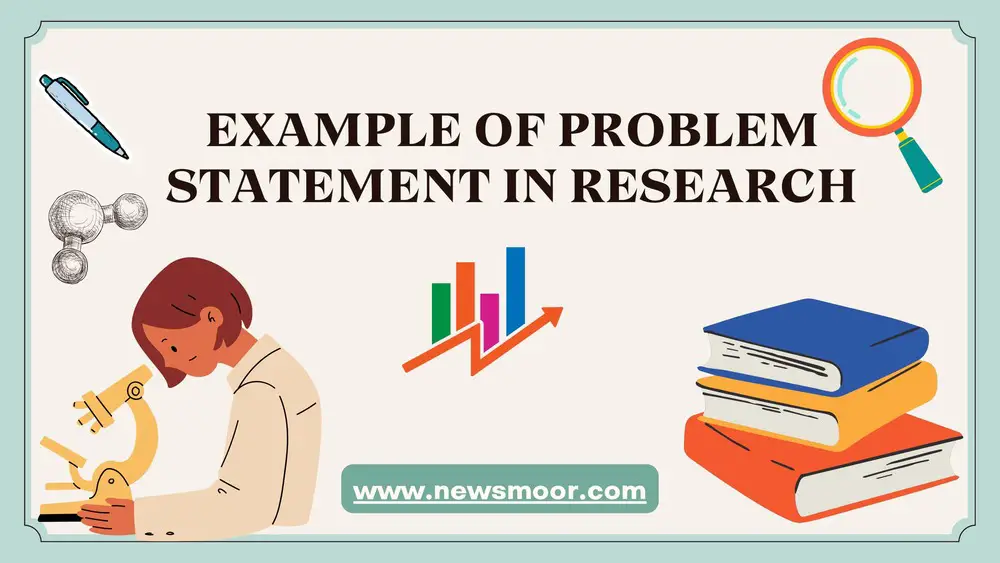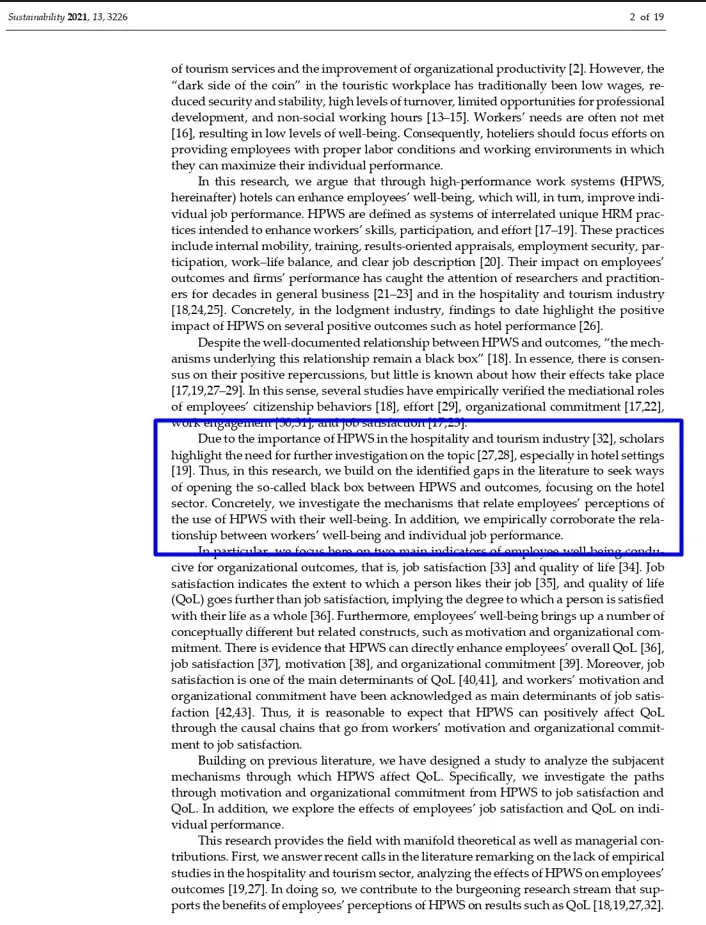Example of Problem Statement in Research Proposal. Examples and Samples of Problem Statements in Quantitative Research.
Problem Statement in Research
A problem statement in research refers to a concise and precise synopsis of the research problems that the study intends to address concretely. It also identifies the knowledge gap that is the reason for the entire study to contribute to the body of knowledge.
The problem statement section analyzes what is known and unknown about the research problems and issues. The ‘known’ vs ‘unknown’ needs to be analyzed, synthesized, and defended rather than written descriptively. The arguments for the existence of the problem may be shown by highlighting any inconsistencies, controversies, conflicts, or contradictions in past studies.
It also proposes variables identifying the research gaps contributing to resolving the research problem. Additionally, the statement of the problem in research highlights what are the weaknesses of past findings. Moreover, it emphasizes the expected knowledge or what is required (still unknown) to enable you to contribute to the body of knowledge.
A good problem statement certainly answers the following questions: what issue needs to be addressed and why?
Does the research problem statement differ from quantitative and qualitative research?
The answer is no and there is no difference. The research problem statement writing style is similar for every research strategy. Consequently, the research candidates follow the same style for writing research problems for quantitative, qualitative, and other research approaches.
How To Write a Problem Statement for a Research Proposal
The problem statement contains these 4 elements: context, issue, relevance, and objective.
The context is the background of what is currently known and unknown about the research issue. The problem statement develops a context for the audience and defines the problem within the context. Issue refers to the problem of what we need to know more about it. Relevance means the justification of the study. It justifies why it is an important issue to research and the value of research. Finally, the objective is the aim of the study what you want to discover and clarify or confirm. It proposes the solution to the problem.
The author divides the process into three stages to define four elements.
The three stages of writing a research problem statement are:
- Review the Literature From Previous Findings
- Identifying the Problem With Research Gaps
- Contribute to the Body of Knowledge
Review the Literature From Previous Findings
Firstly, the researchers have to read industrial reports, government statistics reports, and newspaper articles to know more from read world context. They also read relevant research papers, review papers, and dissertations published previously to obtain more knowledge. Many scholars suggest researchers review journal articles to enrich knowledge systematically. According to Mark Petticrew and Helen Roberts, the systematic literature review adheres closely to obtaining knowledge in a particular area. The PRISMA systematic literature review is the most common and well-accepted strategy to review the literature of past studies.
The literature review from Past findings has to answer the following question:
- What do we know about the problem from the real world and academic literature?
Identifying the Problem With Research Gaps
Researchers have to identify the research gaps including inconsistencies, controversies, conflicts, or contradictions in past studies. Among the approaches to show research gaps, the most common research gaps are in concepts, perspectives, theory, methodology, methods, analysis, etc. Research gaps must be systematically identified as the basis for an investigation. So, the researchers need to state it specifically and exactly and be very clear about the type of research gaps they choose to study.
The 7 types of research gaps are: (1)Evidence gap, (2)Knowledge gap, (3)Practical knowledge gap, (4)Methodological gap, (5)Empirical gap, (6)Theoretical gap, and (7)Population gap.
The researchers have to identify important gaps, inconsistencies, and/or controversies in the literature to establish the need for additional research. Researchers can conduct any research based on only one or two or more than two research gaps. This section also defines the process and method of study to achieve the goals.
The Problem with research gaps must answer the following questions:
- What we do not know about the problem from the real world and academic literature?
- What does your research want to achieve by this study?
- How do we want to resolve the problems?
Contribute to the Body of Knowledge
Finally, the research problem includes the importance and significance of the study. It explains why and how it contributes to the body of knowledge. The empirical evidence contributes to the enrichment of the literature. It also highlights the theoretical and practical significance of the study to resolve the issues.
The section answers the following questions:
- Why do we need to know what we do not know about the problem?
- What might happen if the problem is not resolved?
- What are the future benefits of solving the problems including the impact on society, community, and people’s lives?
Examples of Problem Statement in Research
(Example of Problem Statement in Research Proposal. Examples of Statements of the Problem in Quantitative Research)
The author demonstrates samples of a problem statement in research based on the following research article published on sustainability.
Review the Literature From Previous Findings
Less research has been done on how HPWSs affect employee outcomes, such as an employee’s health or job satisfaction which is crucial in the COVID-19 situation (Kloutsiniotis and Mihail, 2020a) (Adikaram et al., 2021).
Uncertain & highly stressful context has aggravated the problem of burnout (Ayachit & Chitta, 2021), which was customary among hotel employees even before the COVID-19 pandemic (Tsui, 2021; Wong et al., 2019).
Previous research has validated the direct impact of HPWS on employees’ social identity, confirming. Additionally, it has a mediating role in the HPWS –“psychological empowerment” relationship (Bartram et al., 2014; Mihail and Kloutsiniotis, 2016).
Identifying the Problem With Research Gaps
Due to the importance of HPWS in the hospitality and tourism industry scholars highlight the need for further investigation on the topic [27,28], especially in hotel settings[19]. Thus, in this research, we build on the identified gaps in the literature to seek ways of opening the so‐called black box between HPWS and outcomes, focusing on the hotel sector. Concretely, we investigate the mechanisms that relate employees’ perceptions of the use of HPWS to their well‐being. In addition, we empirically corroborate the relationship between workers’ well‐being and individual job performance.
Contribute to the Body of Knowledge
|
In conclusion, the examples of the statement of the problem in research assist students in approving the research proposal. These samples show the way to conduct the qualitative and quantitative research.
Importance of a Strong Problem Statement
The statement of the problem stands as the most crucial part of getting the research proposal or project accepted. The candidates must identify research problems with knowledge gaps systematically to write a problem statement for a research proposal, project, dissertation, or thesis. The strong problem statement impresses examiners and reviewers to accept the proposal. It is the initial element to conduct any academic research.
The researcher sets the research objective, research question, and hypothesis based on the problem statement. Hence, candidates or students can not continue research without a strong problem statement. The research problem is an inevitable part of quantitative, qualitative, and other research. No research can be conducted without identifying the research problem.
A good research proposal must include a research problem statement to explore the weaknesses of the previous study. Accordingly, it provides empirical knowledge to enrich the literature. A strong problem statement must explain how to fulfill the research gaps.
The Ph.D. and Master of Science (by research) students go through a proposal defense session. In this presentation, examiners might ask the candidates what research problem they want to resolve. Thus, a concise and strong problem statement stands firmly to overcome proposal defense (PD).
Poorly Written Problem Statement of the Research Proposal
A research proposal can be rejected because of a poorly written problem statement of the research proposal. The authority might deny the research proposal for the following reasons:
- A research proposal can be rejected if this section is poorly defined and discussed.
- The research proposal also might get declined if the candidate merely states the Research Proposal without discussing critically why it is a problem.
- The candidate did not successfully highlight the connections of constructs with the theory used to explain the framework.
- How is the moderator supported by Contingency theory?
- How does the theory support and justify the relationships in the framework?


